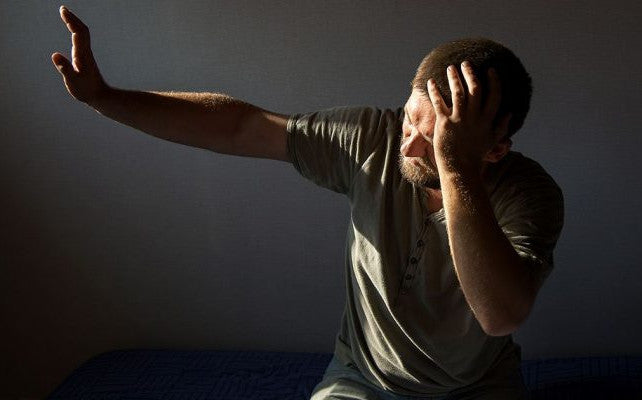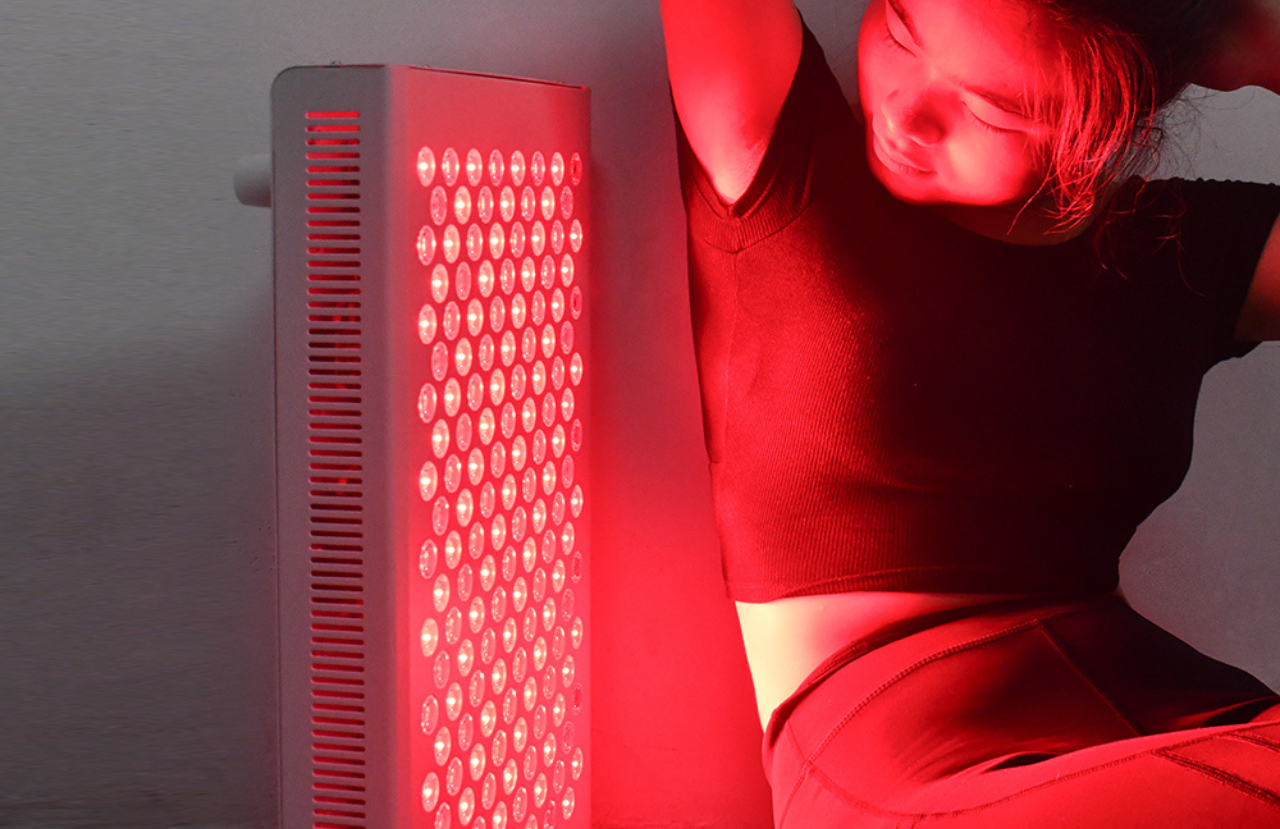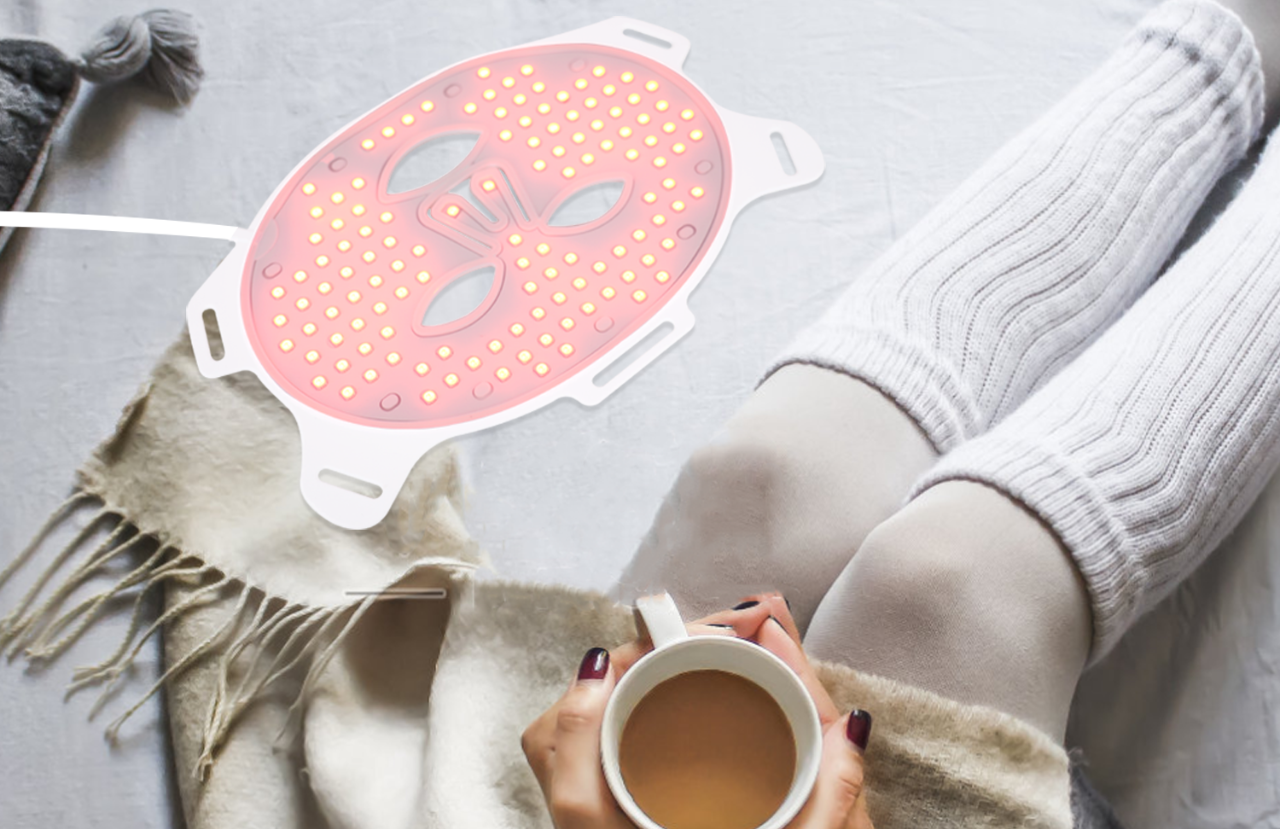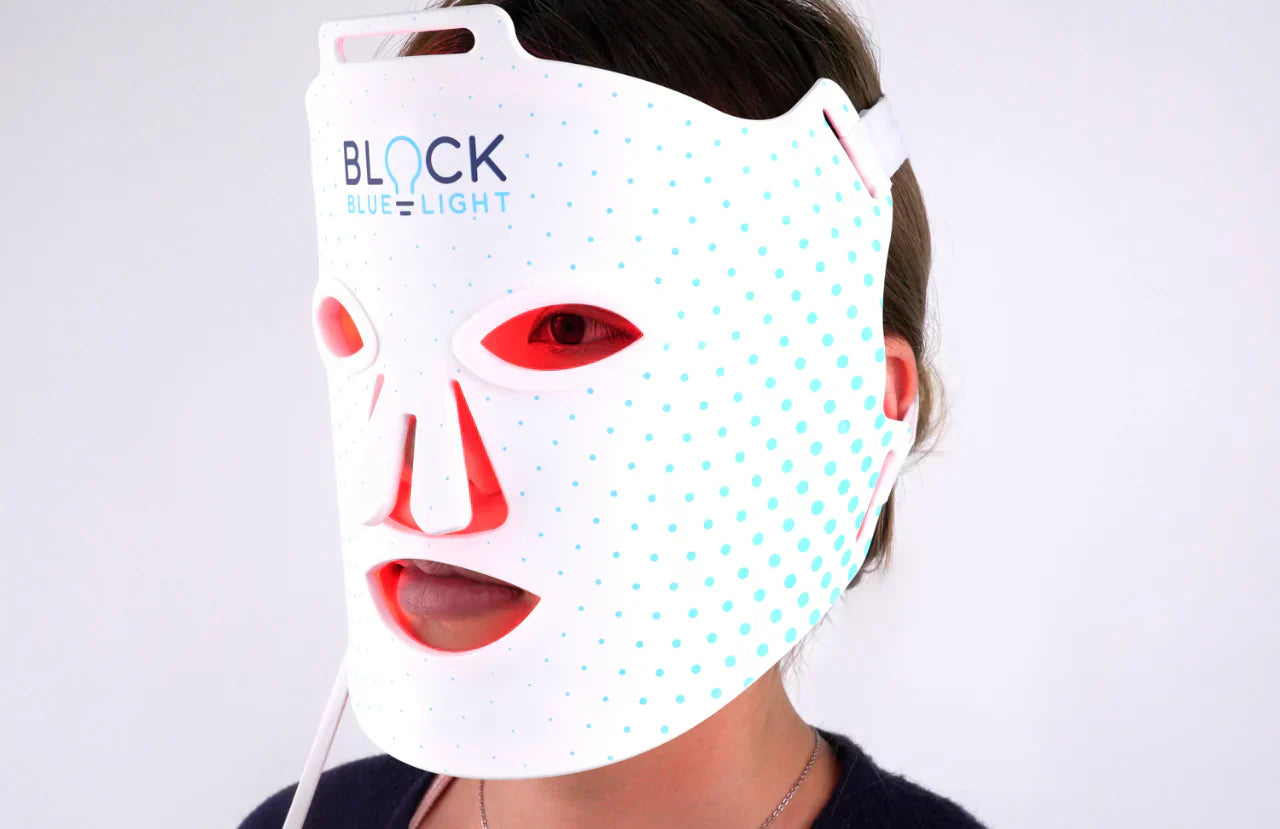The literal translation of the term ‘photophobia’ means fear of light. However, the actual photophobia meaning is when your eyes are highly sensitive to light. When you have photophobia, sunlight and also bright indoor light feels uncomfortable. If you have severe photophobia, light exposure can also feel unbearably painful.
There could be several reasons for photophobia, and it’s usually a symptom of another health issue like migraine headaches, dry eyes, and swelling inside your eye.
In this article we explore what is photophobia, symptoms, causes and treatments, and tips on how to reduce photophobia.
What is photophobia?
Photophobia i.e. light sensitivity is an eye related health condition in which your eyes hurt when exposed to bright light. Photophobia symptoms range from minor irritations to serious medical emergencies which require immediate medical assistance.
Photosensitivity is another term for light sensitivity. Light sensitivity is associated with different conditions. If you experience photophobia symptoms, it’s best to visit an eye doctor so they can investigate the cause of your condition.
If you are suffering from photosensitivity, you may also experience other symptoms including discharge from your eye and headaches.
Main photophobia symptoms
Photophobia symptoms can be mild or severe. In some cases, you might be squinting your eyes in a brightly lit room or while outside due to sunlight. With severe photophobia, your eyes are sensitive to almost any type of light and experience considerable pain.
Most often, photophobia affects both eyes equally. In some cases, eye problems can cause photophobia in only one eye.

The below are the most common photophobia symptoms:
- Sensitivity to light
- Irritated by light
- Squinting your eyes
- Photophobia headache
- Photophobia migraine
- Eyes tearing
- Excessive dry eyes
- Pain when exposed to light
- Regular lighting appears too bright
- Discomfort when looking at the light
- Feeling like you need to close your eyes
- Feeling uncomfortable when looking at text or images
- Seeing bright colored spots in the dark or with your eyes closed
Photophobia Causes
There are a number of situations and causes that can trigger photophobia. Let’s have a closer look at the most common photophobia causes:
Pain Hypersensitivity
Photophobia migraines are common symptoms found in people who suffer from migraine headaches. Migraines are one of the most common causes of photophobia.
Head trauma, fibromyalgia, multiple sclerosis, fatigue, and facial neuropathy can all be associated with photophobia as a result of increased sensitivity to pain.
Face Pain or Head Pain
Tension headaches, optic nerve disease, dental problems and meningitis can all trigger photophobia due to eye irritation. Photophobia symptoms may be the first sign of one of these illnesses, so it’s important to visit a healthcare professional for a diagnosis.
Eye Problems
Eye related illnesses can trigger severe photophobia and you may experience severe symptoms. Moderate light can feel unbearable as your eyes would not be able to protect you from the light.
Eye redness and vision changes are additional symptoms to photophobia when the cause is related to eye problems.
Common eye conditions that manifest as photophobia are:
- Light-colored eyes
- Dry eyes
- Dilated pupils
- Eye infection
- Cataracts
- Glaucoma
Psychological and Behavioral Issues
People who have autism usually experience hypersensitivity to surrounding stimuli including light.
The below mental health conditions may also affect people and trigger photophobia:
- Anxiety and depression
- Bipolar disorder
- Panic disorder
- Agoraphobia
Physiology of photophobia
Photophobia is associated with the cells in your eyes that detect light and the nerve that goes to your brain.
Certain photophobia conditions are related to the physiology of the eye itself linked to the pupil and the retina. Other conditions are related to how the body detects pain. Eye related conditions such as dilated pupils or light-colored eyes do not protect your eyes from light exposure as they allow too much light to enter into the eyes which results in pain or discomfort.
Migraine causes increased sensitivity to eyes and head, so you become hypersensitive to sensations such as touch, sounds, smells, and light. Other health illnesses such as meningitis and retinal detachment cause pain due to eye inflammation which make light exposure feel unbearable.
Illness or damage in the structure of the retina which detects light is also associated with photosensitivity.
How is photophobia diagnosed?
Your eye doctor will ask you about your medical history, ask about your symptoms, and perform a physical examination to diagnose the cause of photophobia.
A physical examination includes an assessment of your neurological functions, sensations and coordination. Your eye doctor will also check your vision, eye movements, and how your pupils respond to light exposure.
During a medical eye examination, your healthcare provider will use ophthalmoscopy to examine the retina, nerves, and blood vessels. This will allow your doctor to diagnose the main cause of your photosensitivity so you can have the appropriate treatment.
How to treat photophobia
Treatment depends on what’s causing your photophobia. So a professional diagnosis will help you cure photophobia by getting the right treatment for you.
Specific medication may be required for certain conditions like multiple sclerosis. If the cause behind your photophobia is cataracts, you may need surgery to have them removed. For photophobia migraines and headaches, you may resolve the issue by over-the-counter or prescribed medication by your doctor.
Depending on what condition you have, you can also have treatment focused on relieving your symptoms. It may take a couple of days or weeks to treat light sensitivity. Meanwhile, there are other things you can do to relieve symptoms until the medication kicks in and starts resolving your condition.
- Wear sunglasses
- Minimize light exposure
- Use blue light blocking and green light blocking glasses
- Hydrate your eyes with eye drops
- Take pain killers (discuss with your doctor)
Tips on how to reduce photophobia and prevent light sensitivity
There are several behaviors and actions which you can take to help prevent and reduce symptoms of photophobia. For example, to prevent infections and diseases which can cause photophobia, practice good eye hygiene, and get immunized against photophobia related bacterial infections such as bacterial meningitis and encephalitis.
The following tips can also help you reduce photophobia:
Wearing photophobia glasses
Wearing blue light blocking and tinted glasses can help protect your eyes from light sensitivity. The human eye absorbs blue light and green light which are part of the light spectrum. Blue light has a short wavelength and is high in energy, vibrating within the 380 to 500 nanometer range.
Our DayMax Glasses are ideal for people who are light sensitive and regularly suffer from migraines. They also relieve eye strain and help you maintain optimal health.
If you are super sensitive to light, even a small amount of dim light at night can be enough to trigger pain and undesirable symptoms. To prevent photophobic episodes, you can try out our Sundown Glasses (Amber Lens) or the Nightfall Glasses (Red Lens). These glasses both block blue light 100%, however the NightFall range also blocks green light which is right next to blue colour on the visible light spectrum.
Avoid photophobia migraine triggers
Flickering lights, glare, computer screens, TV, and smartphones can trigger symptoms.
Have a look at our wide selection of products which have been specifically designed to produce zero flicker. Our products range from flicker free light bulbs to sleep lights, book lights, motion night lights, and sleep lamps. Flicker free products help you minimize the risks associated with flickering light exposure.
Final thoughts
Light sensitivities and photophobic episodes can be relieved and cured. It’s important to visit a doctor and get a proper diagnosis if you experience light sensitive symptoms. This will ensure that you get to the bottom of your photophobia cause and get the right treatment to resolve your issue.
References:
https://www.verywellhealth.com/overview-of-photophobia-4586489
https://www.webmd.com/eye-health/photophobia-facts
https://www.healthline.com/health/photophobia#causes








